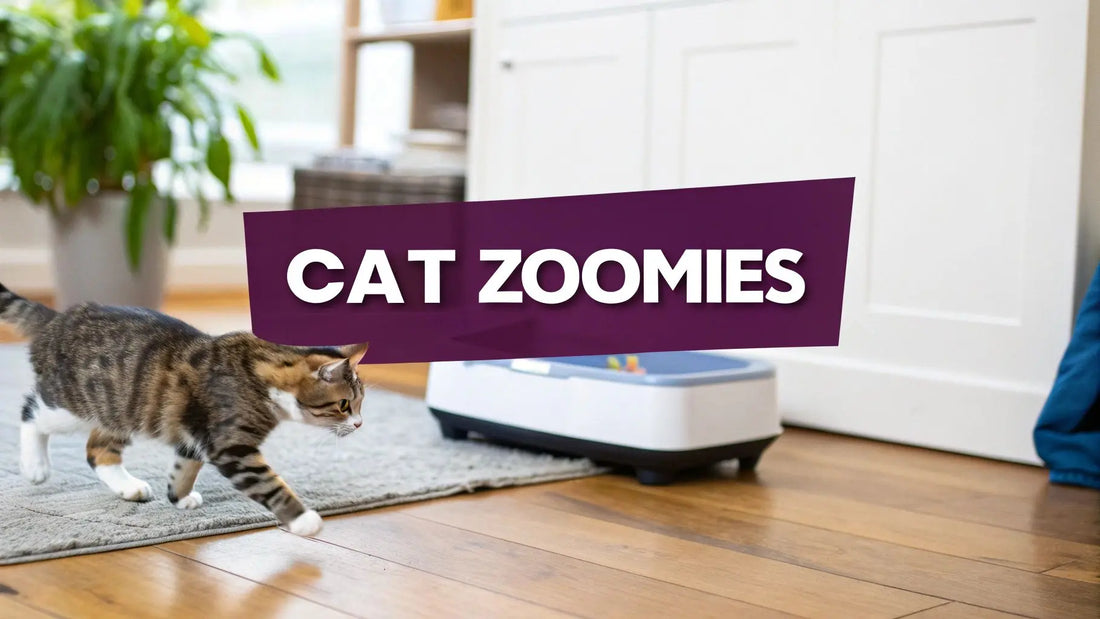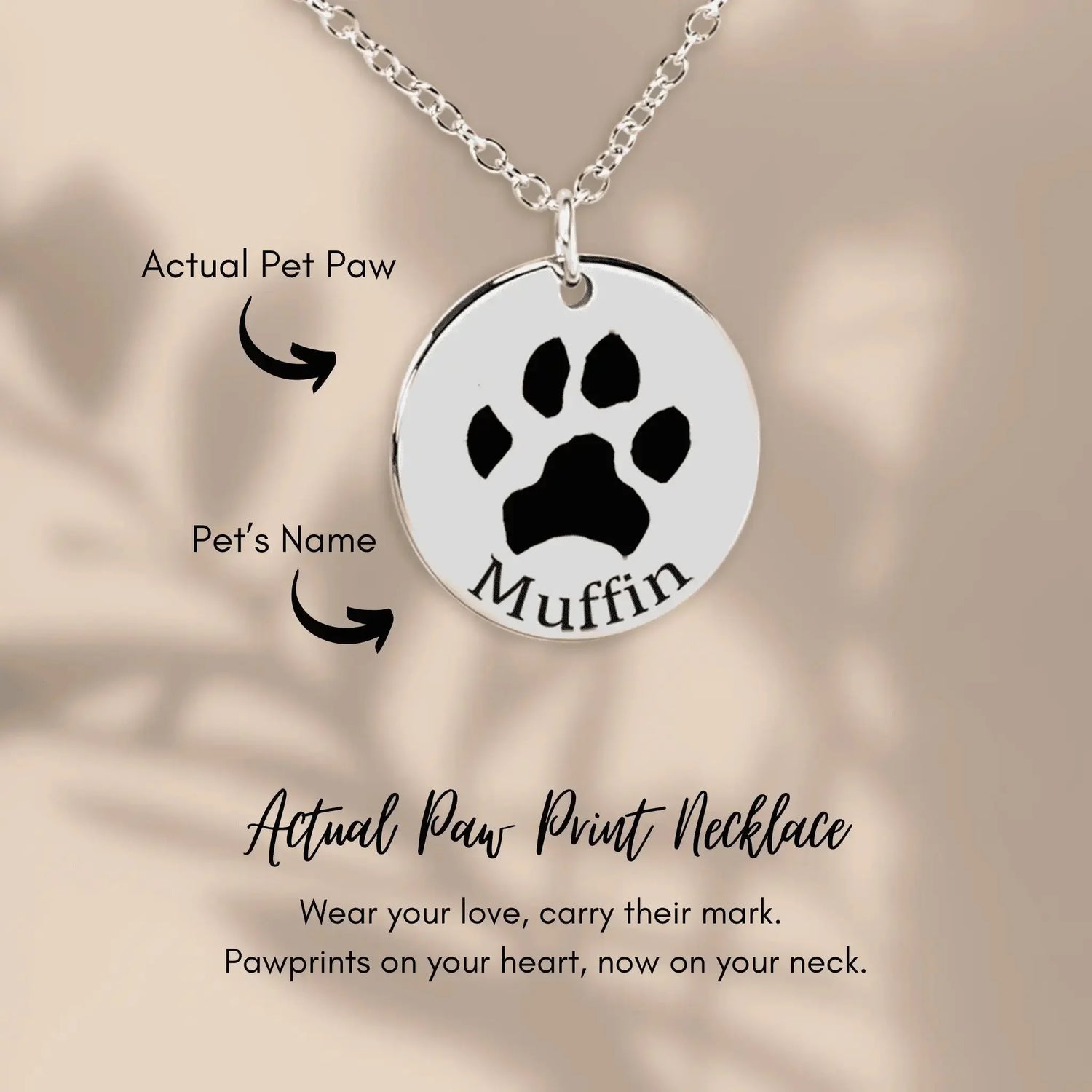Understanding Cat Zoomies After Pooping: Why Do They Happen? 😹

Ever seen your cat, like our own little rascal Floofie 😼, absolutely tear through the house right after a trip to the litter box? This bizarre, high-speed dash is affectionately known as the cat zoomies after pooping, and it's one of the most common mysteries cat parents encounter. It's a fascinating, and often hilarious, mix of ancient survival wiring, pure physical relief, and sometimes, even a little clue about their overall health.
Why Your Cat Sprints After Using the Litter Box 🐾
If you've witnessed this strange little ritual, you are definitely not alone. The best way to think of it is as your cat's victory lap combined with a speedy getaway! The reasons can be anything from a triumphant feeling of "poo-phoria" to a deep-seated instinct to bolt from the scene before any predators catch their scent. It’s truly one of the most amusing quirks of living with a cat.
This quick look at the numbers shows just how common this behavior is.

As you can see, not only is this habit super widespread, but it also tends to line up with their most active hours of the day—dawn and dusk.
Your Cat's Wild Instincts Are Still at Play 🦁

Let's rewind the clock a bit and think about our mascot Floofie's 😼 wildcat ancestors. Out in nature, leaving waste behind is like putting up a big, smelly sign for predators that screams, “A tasty snack was just here!” To avoid becoming lunch, wild cats learned to get away from their potty spot—and fast.
This powerful survival instinct is a big clue as to why cats get the zoomies after pooping. One of the leading theories suggests these frantic bursts of energy, also known as Frenetic Random Activity Periods (FRAPs), are an inherited behavior. It’s all about fleeing an area with scents that could attract unwanted attention. The folks at Rover.com have a great piece on this if you want to dig deeper.
Even though the scariest predator in your home is probably the vacuum cleaner 🤖, that primal urge to "get out of Dodge" after doing their business is still wired into your cat's brain. This instinct is just as deep-rooted as other classic cat behaviors, which you can learn more about in our guide on why cats show their belly.
The Science Behind "Poo-phoria" ✨

Ever felt that little wave of relief and satisfaction after a successful trip to the bathroom? Well, your cat feels something similar, but it's often way more intense! We call this awesome feeling "poo-phoria," and it's a real physiological thing that helps explain those post-poop zoomies.
Here's what's happening: the act of defecation actually stimulates the vagus nerve, a major nerve that runs all the way from the brain down to the colon.
When this nerve gets a little nudge, it can set off a pleasurable, almost euphoric feeling—think of it like a "runner's high" for your cat. This sudden rush of good vibes is what sparks that explosive burst of energy. It's their body's way of throwing a tiny party 🎉 to celebrate a job well done!
That internal 'feel-good' button could be the secret behind your cat's post-potty victory dance. A happy tummy makes for a happy cat, which is why a cozy spot to relax afterward, like with our adorable cat-themed blankets, is purr-fect.
When Zoomies Might Mean Something More 🤔
While a victory lap after a successful bathroom trip is usually just a quirky cat thing, sometimes it can be a red flag 🚩. If your normally calm adult cat suddenly starts tearing out of the litter box like their tail's on fire, it's time to pay closer attention. A sudden change in this behavior could be their way of telling you something hurts.
Think about it: pain from issues like constipation or even a urinary tract infection can make the litter box a pretty awful place to be. Your cat might be dashing away to escape that discomfort, creating a negative association with the box itself. In fact, it's estimated that up to 10-15% of cats deal with digestive tract discomfort at some point, which can absolutely trigger these frantic sprints. For a deeper dive, you can read what veterinarians say on ShawsheenAnimalHospital.com.
Keep an eye out for other warning signs like straining in the box, changes in their stool, or meowing in distress. Sometimes, cats in pain will start avoiding the litter box altogether, which can lead to a whole new set of problems—if that happens, our guide on how to keep cats out of potted plants has some handy tips.
How to Create a Perfect Litter Box Experience 👑

Sometimes, cat zoomies after pooping aren't just a quirky instinct—they're a bad review of the facilities! 🚽 A cat's litter box is their private throne, and if it's not up to their royal standards, you can bet they'll make a lightning-fast exit. Think of your kitty as a very picky restaurant critic; a pristine environment is simply non-negotiable.
Creating a five-star potty palace is one of the best things you can do for your cat. A happy, clean litter box often leads to a happier, less frantic cat. Here are a few tips from Floofie to get a purr-fect rating:
- Scoop Daily: This is the golden rule. Keeping the box clean is the single most important thing. Your cat doesn't want to step on old business any more than you want to scoop it. We recommend a sturdy metal litter scoop to make the job easier!
- The Right Spot: Location, location, location! Place the box in a quiet, low-traffic area where your cat feels safe and won't be ambushed mid-poop. Privacy is key.
- The Plus-One Rule: The magic number for litter boxes is one per cat, plus one extra. So if you have two cats, you should ideally have three boxes.
If you suspect digestive troubles are part of the problem, looking into the benefits of pumpkin for cat digestion can offer a gentle, natural solution.
And remember, a happy cat is often a playful cat! Once their bathroom business is settled, make sure they have plenty of fun outlets for their energy. Check out our guide to the best pet toys for cats.
Still Wondering About Those Post-Poop Sprints?
Got a few more questions about your cat’s victory laps around the living room? Floofie 😼 has been gathering intel from his furry colleagues, and we've got the answers.
Is It Normal for Kittens to Get Post-Poop Zoomies?
Oh, absolutely! In fact, it'd be weird if they didn't. Kittens are basically tiny, fluffy balls of pure, chaotic energy, and a successful trip to the litter box is just another great reason to go wild.
Think of it as part celebration, part instinct. They're feeling lighter and happier, plus they're getting in some much-needed practice for their future life as a fierce (and slightly goofy) hunter.
My Older Cat Just Started Zooming. Should I Be Worried?
Okay, this one is worth paying a little attention to. When a senior cat suddenly changes their habits, it's always a good idea to play detective 🕵️.
While it could just be a random burst of senior-cat spunk, it can sometimes be a sign that something's not quite right. Discomfort from constipation or even arthritis could trigger a sudden sprint. A quick, non-emergency check-in with your vet is the best way to make sure your golden-years kitty is feeling fantastic.
Here at FloofChonk, we believe every zoomie, blep, and nap tells a story. From the most chaotic sprints to the quietest cuddles, we're here to help you celebrate it all with our unique, cat-themed apparel and accessories. Find your new favorite thing at our online store! ❤️

